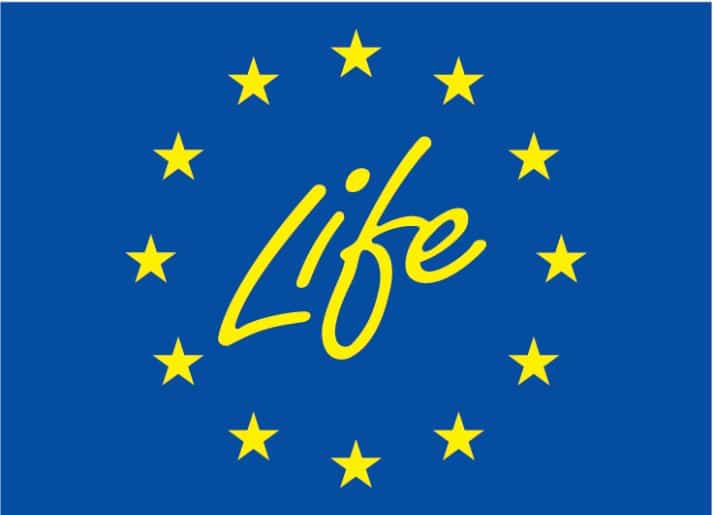Emission Trading Systems, their fiscal progressivity and its limits
This is the third installment of The Topic of the Month on 'Net zero carbon markets: new frontiers'
The European Union Emissions Trading System (EU ETS) is the auction-based mechanism used by the European Union and its Member States to reduce emissions and generate revenues from the payment by companies of allowances for emitting climate-forcing gasses originating in their business. Energy, manufacturing and aviation are currently covered.
From 2027, maritime transport will be covered by the existing EU ETS, while emissions from buildings and road transport will be regulated in the upcoming ETS2. Nearly 80% of total emissions will be affected by the EU ETS and ETS2, providing one of the most comprehensive carbon prices within an economy globally.

EU ETS revenues and prices
Environmental taxes and auctions generate revenues that can be recycled through direct transfer or other financial support. By revenue recycling, we mean the “earmarking of revenues from carbon taxation for spending that benefits citizens” (Beiser-McGrath & Bernauer, 2019). When targeting distributional issues, this transfer mechanism generates a balancing effect between the top income levels of the population that can cope with higher transition costs in favour of the lowest deciles, which might endure economic distress in the transition due to their very limited capacity to face high investment costs and price spikes. For instance, the transition requires changes in home appliances and transport technology that often require substantial frontloaded costs.
In addition, ETS prices can induce inflationary cycles as some companies can pass through the cost of ETS to clients, being either consumers or businesses. Hence, the progressivity of the ETS can be sustained as long as price spikes are met with growing revenues.
The auctioning of allowances provides revenues for EU funds, including the Modernisation Fund and the Innovation Fund, and for the national budgets. Auction revenues from the EU ETS reached a record 43 billion euros in 2023. On a yearly average, it has yielded 14.75 billion euros since the auctions started in 2012 and, in total, nearly 192 billion euros during the same period. The Market Stability Reserve, the price-control mechanism of the EU ETS, prompted the price increase and stabilised the balance between offer and demand for allowances.
The ETS prices in auctions drive revenues, as shown in Fig. 1. It is noteworthy that there is a tendential overlap between the area defining the daily revenues and the line of the prices. This overlap implies that every increase in the price is reflected in the revenues. A gap emerges between the two trends as prices overcome 80 euros. An empirical study showed that prices do not linearly affect revenues. Instead, the relation reverses when ETS prices increase to a value between 86 and 125 (Mazzarano & Borghesi, 2024). We called this phenomenon a Carbon Laffer Curve.
Although high carbon prices drive emission reduction, the immediate cost for lower-income deciles could be burdensome. It has been noted that the environmental effectiveness of climate policies could collide with their fiscal progressivity (Tol, 2023). The presence of a Carbon Laffer Curve implies that the ETS stops being progressive when carbon prices overcome the tipping point. Higher carbon prices would then be environmentally robust while reducing the revenues available for compensatory measures. Beyond this tipping point, the efforts required to keep the progressivity must come from other fiscal sources. Eastern and Southern Europe constitute a larger portion of the lower-income deciles of the income distribution compared to the other regions in the EU (Feindt et al., 2021). This implies that the tipping point could be drastically different across nations, namely for the least-performing ones lower, for the best-performing ones higher. Hence, transfers across nations could limit the problem of the heterogeneous Carbon Laffer Curve across the EU.
The Social Climate Fund is foreseen to support the progressivity of ETS2, while the Modernisation and Innovation Funds already provide this revenue recycling mechanism. Further actions at the national level might multiply the positive effects of carbon pricing. The changes in the regulation of state aids could provide room for both demand- and supply-side support, which could originate from ETS revenues.
References
Beiser-McGrath, L. F., & Bernauer, T. (2019). Could revenue recycling make effective carbon taxation politically feasible? Science Advances, 5(9), 1–9. https://doi.org/10.1126/sciadv.aax3323
Feindt, S., Kornek, U., Labeaga, J. M., Sterner, T., & Ward, H. (2021). Understanding regressivity: Challenges and opportunities of European carbon pricing. Energy Economics, 103. https://doi.org/10.1016/j.eneco.2021.105550
Mazzarano, M., & Borghesi, S. (2024). Searching for a Carbon Laffer Curve: Estimates from the European Union Emissions Trading System. Metroeconomica. https://doi.org/10.1111/meca.12458
Tol, R. S. J. (2023). The fiscal implications of stringent climate policy. Economic Analysis and Policy, 80, 495–504. https://doi.org/10.1016/j.eap.2023.09.004







